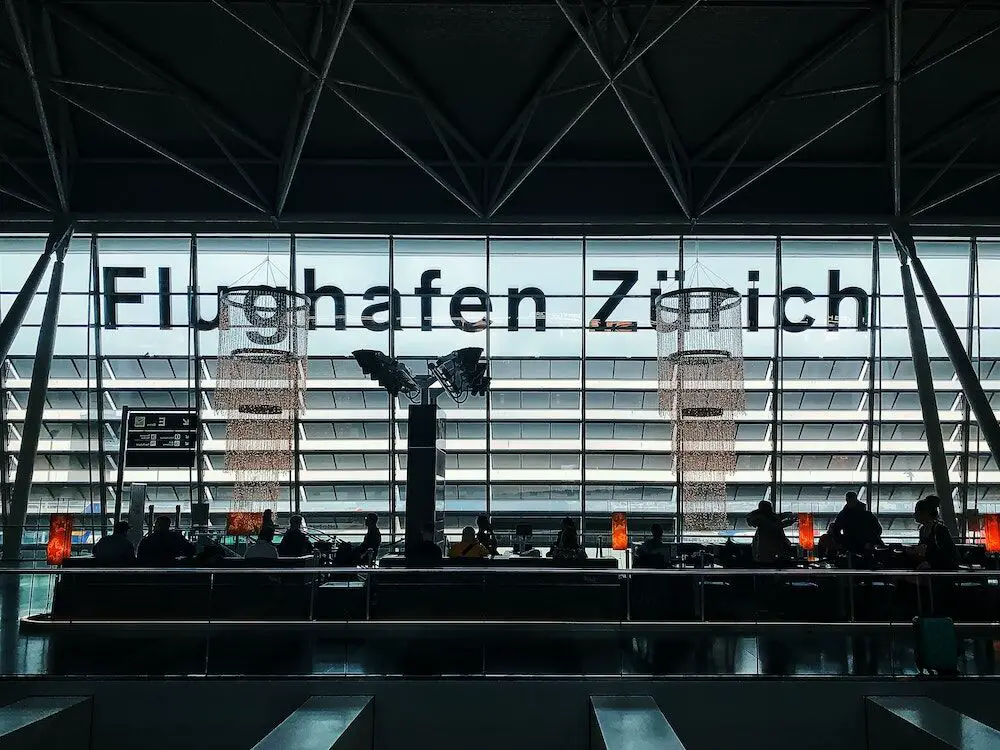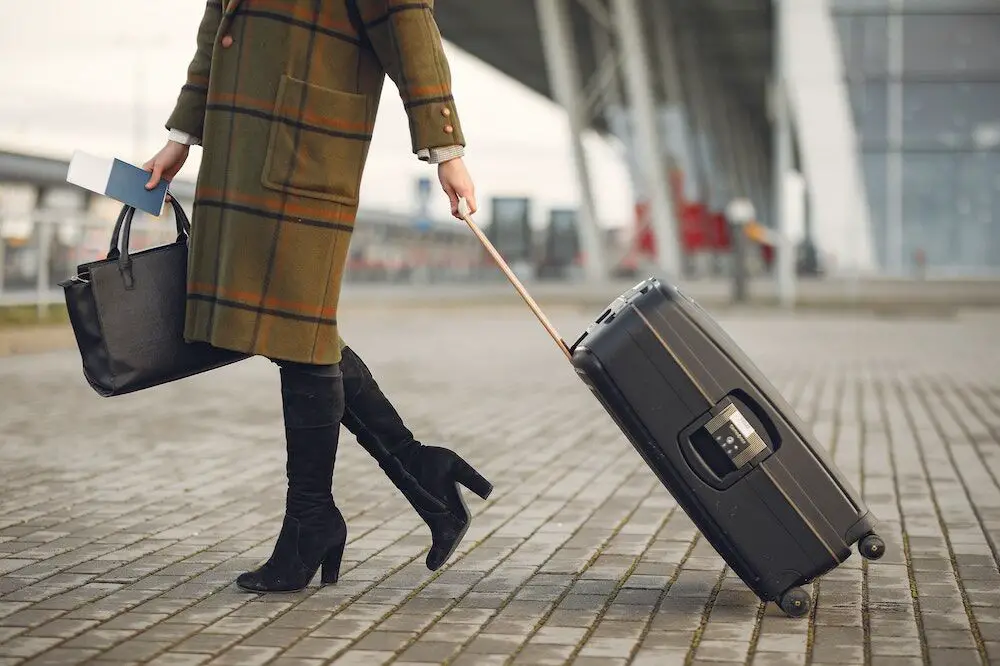What is the connecting flight procedure?
There are certain procedures that you must follow when making a connecting flight. In this article, we will discuss the necessary steps to take before your next flight. These steps include checking in with the airline, checking in your baggage, getting boarding passes and navigating airports during layovers.
Did you miss a connecting flight? File a compensation claim online.

What Is a Connecting Flight?
First things first — what does connecting flight mean?
Connecting flights are flights that involve changing planes at a connecting airport in order to reach the final destination. Connecting flights are two or more flights booked as one journey, with a layover at an intermediate airport between the origin and destination.
Connecting Flight Procedure
What is the connecting flight procedure?
How to change planes for a connecting flight?
In most cases the procedure is more or less the same for all airlines.
1. Check In for Your Flights
When you reach the airport for your first flight, make sure to check in for all of your flights.
Simply hand your passport over to the staff at the check-in counter and they will proceed to check you in for all the flights you’ll be taking on your journey.
If you have checked in online, but you have a checked bag, you still need to visit a check in desk, to check in your bag. Don’t forget about that.
2. Get All Boarding Passes
To save time later, obtain your boarding pass for both flights.
Typically, this is standard procedure when checking in for a flight. During check-in for your connecting flight, staff will usually print all of your boarding passes.
3. Check In Baggage
Check in your baggage.
There’s no need to go anywhere else to check in your luggage.
It is done at the same check-in counter where you received your boarding pass. Hand over your bags to the staff after receiving your boarding passes.
If you have a connecting flight baggage will usually be automatically transferred to your connecting flight. However, it’s always a good idea to confirm this with the airline when you check in for your first flight. Because there are countries that require transiting passengers to collect and recheck baggage.
Please remember that if you have checked in online and have a checked bag, you will still need to visit a check-in desk to check in your bag. Some airports have designated baggage drop-off desks, or even automated self-service baggage drop stations, which can reduce waiting times.

4. Go Through Security
As with direct flights, you are required to pass through security before getting to your gate at the airport. This is because all passengers must go through a screening process by using either a metal detector, an X-ray machine or other security measures.
The purpose of this is to check for any weapons or dangerous items that may be present on the individual, ensuring that the safety of travelers and crew members is maintained and protected.
5. Find Your Gate and Board the Plane
The next step for the connecting flight procedure is to locate your gate.
Follow the signs to your departure gate for your first flight.
Make sure you arrive at your gate with plenty of time to spare before your plane leaves.
6. Land and Locate Your Next Gate
When you arrive at the connecting airport, look for signs that direct you to your connecting flight. Keep in mind that you may need to go through security again if you are traveling internationally.
Check the departure board for your connecting flight and go to the gate.
Make sure you arrive at the gate on time.
If your previous flight was running late, you might end up missing your connecting flight. If it’s a connecting flight, you will be put on a new flight for free, as it wasn’t your fault you missed your connection.
7. Transfer to the Next Plane
Board your second flight and enjoy the rest of your trip!
If this is not your last flight, and you have one or two more, follow the same steps.
By closely adhering to these guidelines, you can guarantee a smooth and hassle-free connection without any unforeseen issues.
Do you have more questions about connecting flight procedure? What are your experience with connecting flights?
Featured photo by Frankentoon Studio from Pexels
About the author:
Una is an organized globetrotter and foodie who’s been living a digital nomad lifestyle since 2013. She always starts her day early with a good book before diving into work. Apart from traveling and aviation, her other passions include gym, hiking and cycling. Una is also a strong proponent of AI technology. She firmly believes in its potential to simplify life and has often advocated for its wider adoption in our day-to-day activities. Her favorite airlines are Qatar Airways, Emirates, and KLM.
